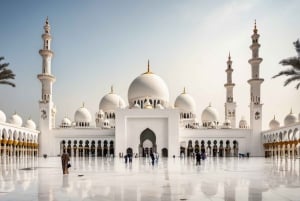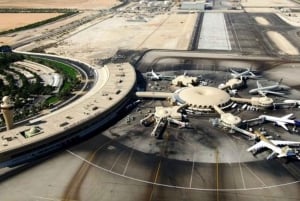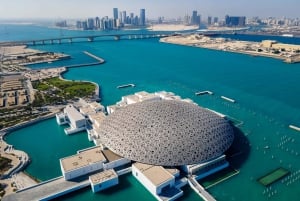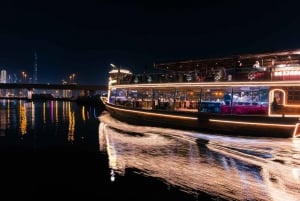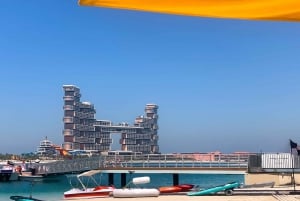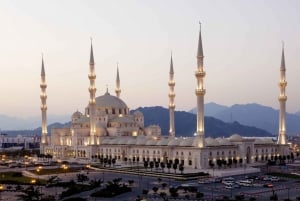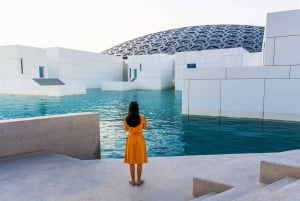Abu Dhabi History and Culture
Some travelers journey to a strange land to see what it has to offer for tourists. Most of these are physical tourist attractions; there are beaches, architectural wonders, wildlife reserves, theme parks and shopping. However, there are those few who take a trip to a strange land to immerse themselves in the history and culture of the land.
Often than not, these tourists are more interested in visiting museums, historical sites and walk the streets in this strange land. There are even tour operators that offer historical and cultural tours. These tours specialize to plunge its tourists to the ‘way of life’ and the history of the people. There are places in the world that are great for this kind of tours, however, most of these places are just for historical and cultural tours and nothing more to offer. This is what makes Abu Dhabi special. Not only does Abu Dhabi offer beautiful islands and pristine beaches, or architectural success, or wildlife reserves or shopping, they also offer a beautiful trip down to memory lane.
Abu Dhabi is rich with history. The Middle East is where the first civilizations appear and though it was Mesopotamia or Iraq now, it is undeniable that the earliest people reached UAE. According to sources, the first human settling in UAE is recorded as far back as 5500 BC or 7500 years ago. Today however, there are remnants that the first human inhabitants arrived in the country as early as Early Stone Age.
Through trade routes and after centuries, settlements flourished and became a full civilization. According to the records it was on 630AD that envoys from the Prophet Muhammad arrived in the area and this prompted conversion to Islam. The emirates enjoyed a flourishing economy due to a profitable pearling industry in the region until the first decade of the 20th century. The boom in the pearling industry was diminished with First World War and the economic crisis that followed in the late 1920s and early 1930s. The invention of cultured pearl by the Japanese led to the collapse of the industry.
Oil exploration was taken place in Abu Dhabi in the 1930s. A consortium of Western oil companies from Iraq (Iraq Petroleum Company) sought to explore the lower gulf for oil and found a potential oil field in Abu Dhabi. Concession agreements between the company and Abu Dhabi’s ruler were signed over a period of time which led to the establishment of Petroleum Development (Trucial Coast), the first oil company in Abu Dhabi, in 1951. The first export of crude oil from Abu Dhabi was then possible after 11 years. In 1968, the British declared their planned withdrawal in 3 year period. Sheikh Zayed, who succeeded his brother as ruler of Abu Dhabi in 1966, began rallying rulers of the other emirates to form the United Arab Emirates on December 2, 1971. Consequently, Sheikh Zayed became the UAE president and his 33 year rule saw the state develop at an unprecedented pace. Abu Dhabi has now emerged as one of the world’s most promising and ns for business tourism and holidays.
The colorful history of UAE is very much reflected in the culture of the people in UAE. In Abu Dhabi, the largest city and most populated city of UAE, the culture is of very evident wherever tourists go. This is another reason why Abu Dhabi is special. Its unique culture and its effort to preserve it extends to everyone.
They say that there is no other way to experience a place than by eating their food. True, as food is a reflection of how the people live. The most authentic Abu Dhabi or Middle Eastern food can be found in stalls and in the markets. Try the Makbous – a dish made from meat and spices, Laham Mashwee – stuffed lamb and Samak Bilfern – fish and rice paste dipped in delicious spices.
Abu Dhabi is known as the cultural heart of UAE as there are many events that take place in the city that pays homage to the past. Camel racing and dhow sailing are still events in the city as well as Arabic poetry, music and dancing.



